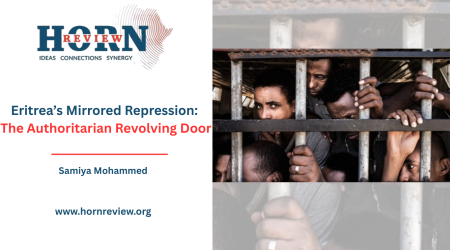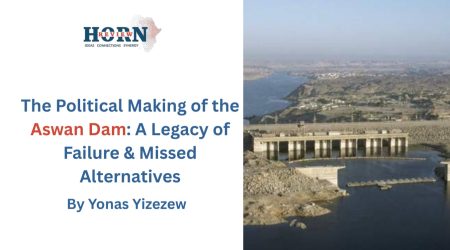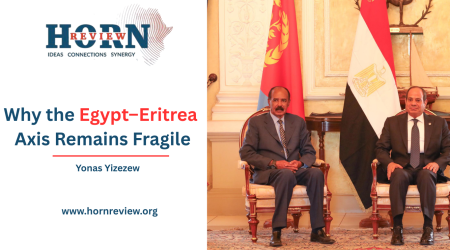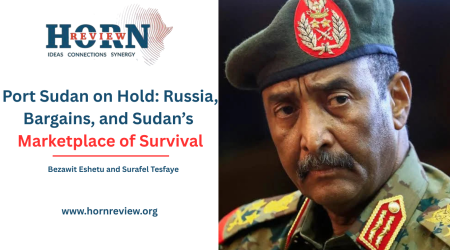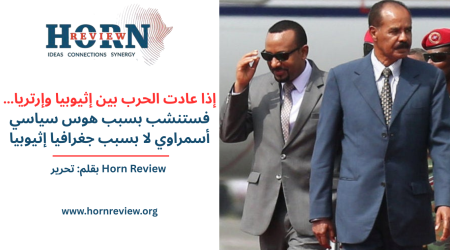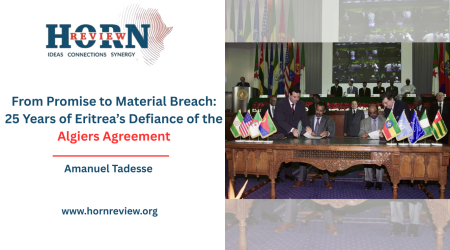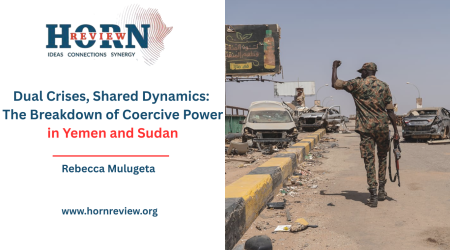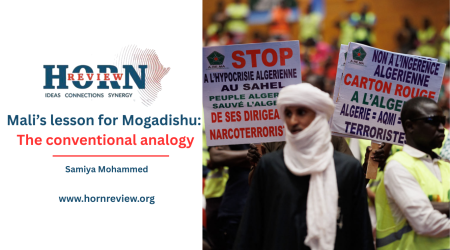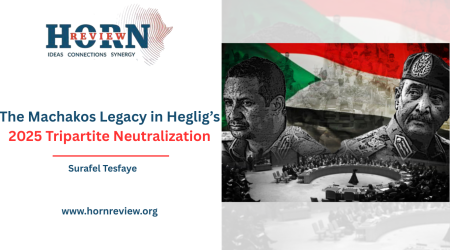
28
Jul
The Price of Silence: Media, Misinformation and Conflict in East Africa
In the dimly lit room of a makeshift shelter on the outskirts of Goma, Democratic Republic of Congo, 23-year-old Amina scrolls through her phone. She’s looking for a familiar voice, a message of hope or perhaps, the truth. Her family fled after violence broke out in her village, spurred not by foreign troops, but by a wave of rumors shared through encrypted messaging groups. Misinformation, in this case, displaced an entire community.
This is not an isolated case. From Ethiopia to South Sudan, Somalia to Kenya, misinformation is becoming a silent weapon in modern conflicts undetected, unregulated and unrelenting. The East African region, already burdened by fragile institutions and histories of ethnic, political and border tensions, is particularly vulnerable to the manipulation of information in both traditional and digital media spaces.
The Dangerous Vacuum of Trusted Information
In many conflict zones across East Africa, trusted, independent media is either weak censored or weaponized. This vacuum creates fertile ground for half-truths, ethnic incitement and digital rumor mills. During the Tigray conflict in Ethiopia, both state and diaspora-affiliated media were accused of using disinformation to gain political favor and control narratives. In Kenya’s 2022 election period, coordinated misinformation campaigns using AI-generated images and fake news attempted to sway voters and discredit candidates.
The media’s silence whether forced or fearful becomes complicity. When journalists are imprisoned, radio stations are banned or truth-tellers go into exile, space is created not just for ignorance, but for violence to flourish unchecked.
Misinformation as a Conflict Driver
Misinformation does more than distort, it kills. In South Sudan, false reports of ethnic attacks have led to real retaliatory violence. A viral message, amplified through social media, claimed that a community was under siege. Within hours, men took up arms. Later, it was discovered to be false. The human toll, however, was irreversible.
In Somalia, false narratives spread by extremist groups through informal WhatsApp groups and Telegram channels have been used to recruit vulnerable youth and justify bombings. In such cases, misinformation isn’t just careless, it’s strategic and lethal.
Why Media Matters More Than Ever
The role of media in conflict is not only to inform, but to prevent. Peacebuilding requires credible storytelling. It requires platforms where communities can see themselves represented not only in struggle, but in solutions. When the media does its job well, it can expose injustice, amplify unheard voices and create pressure for accountability.
Yet too often, journalists are underpaid, undertrained or working under threat. Press freedom rankings in East Africa remain among the lowest globally. Ethiopia, Uganda and Sudan all face fluctuating levels of media openness, often dependent on election cycles or state security narratives.
What Can Be Done?
- Invest in Media Literacy: Communities, especially youth, must learn how to distinguish truth from propaganda. This can be integrated into school curricula and community workshops.
- Support Independent Journalism: Regional and international donors must fund investigative journalism initiatives without pushing political agendas.
- Establish Early Warning Systems: Regional bodies like IGAD can develop rapid-response platforms that flag and counter misinformation before it escalates.
- Build Ethical Tech Coalitions: Social media companies must be held accountable for the unchecked spread of false content and must work with local fact-checkers.
Humanizing Peace, Reclaiming Narrative
We must never forget that behind every headline is a human being. Behind every fake news article, someone bleeds. And behind every silence, a society moves closer to the edge. In the words of Kenyan journalist Yvonne Okwara, “Silence is not neutrality. In moments of injustice, silence is violence.”
The cost of misinformation is not just public confusion…it is displaced families, broken trust and lost lives. If peace is to take root in East Africa, we must start by protecting and empowering truth-tellers. The price of silence is too high.
By Kidus Tesfaye,Researcher,Horn Review
References
Al Jazeera. (2022). Social Media Rumors Trigger Deadly Clashes in South Sudan.
BBC Africa Eye. (2022). Disinformation Wars: Inside East Africa’s Social Media Propaganda.
Center for Strategic and International Studies (CSIS). (2023). Digital Conflict and Misinformation in Fragile States.
Okwara, Y. (2021). The Danger of Silence in a Polarized Democracy. Citizen TV Kenya.
Reporters Without Borders (RSF). (2024). Press Freedom Index: East Africa Rankings.
United Nations Security Council Report. (2021). Terrorist Use of Social Media in Somalia.

